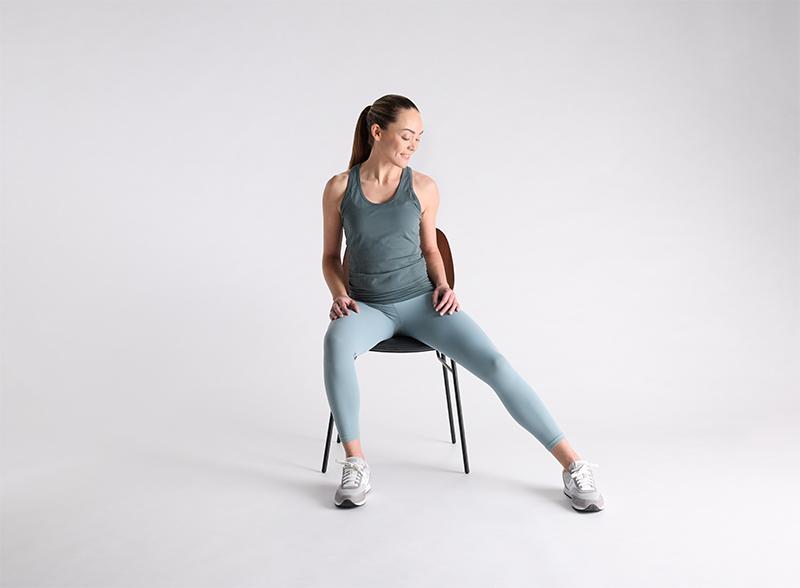5 best adductor stretches to ease hip and groin tightness
Hinge Health physical therapists share the top adductor stretches to ease tension in your hips and groin, so you can move more comfortably.
0$ coût pour toi
Date de Publication: Sep 29, 2025
Le sommaire
Fully covered hip pain relief
Find relief from hip pain, buttock pain, hip tendonitis, & more.
Check if I'm eligible